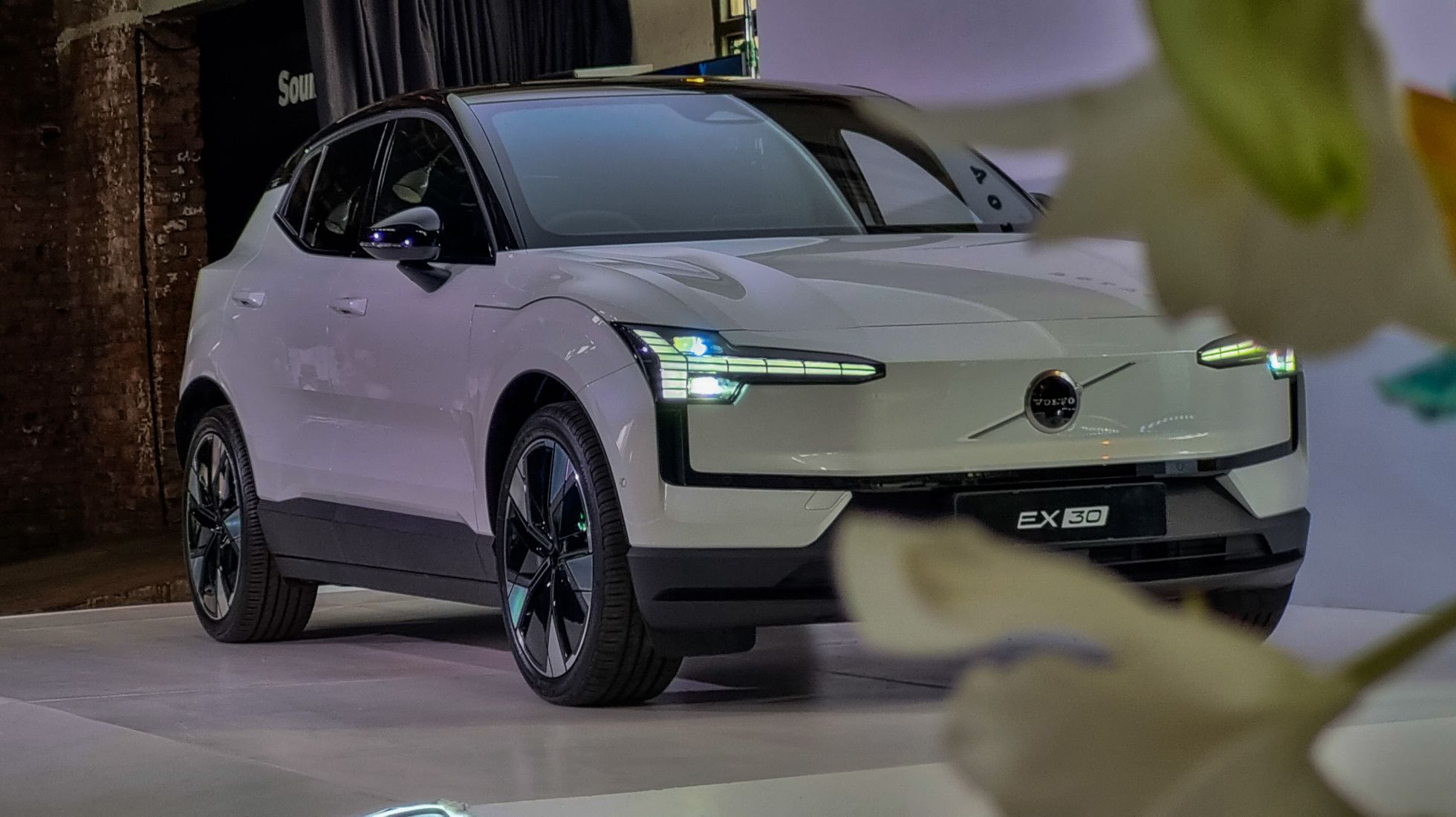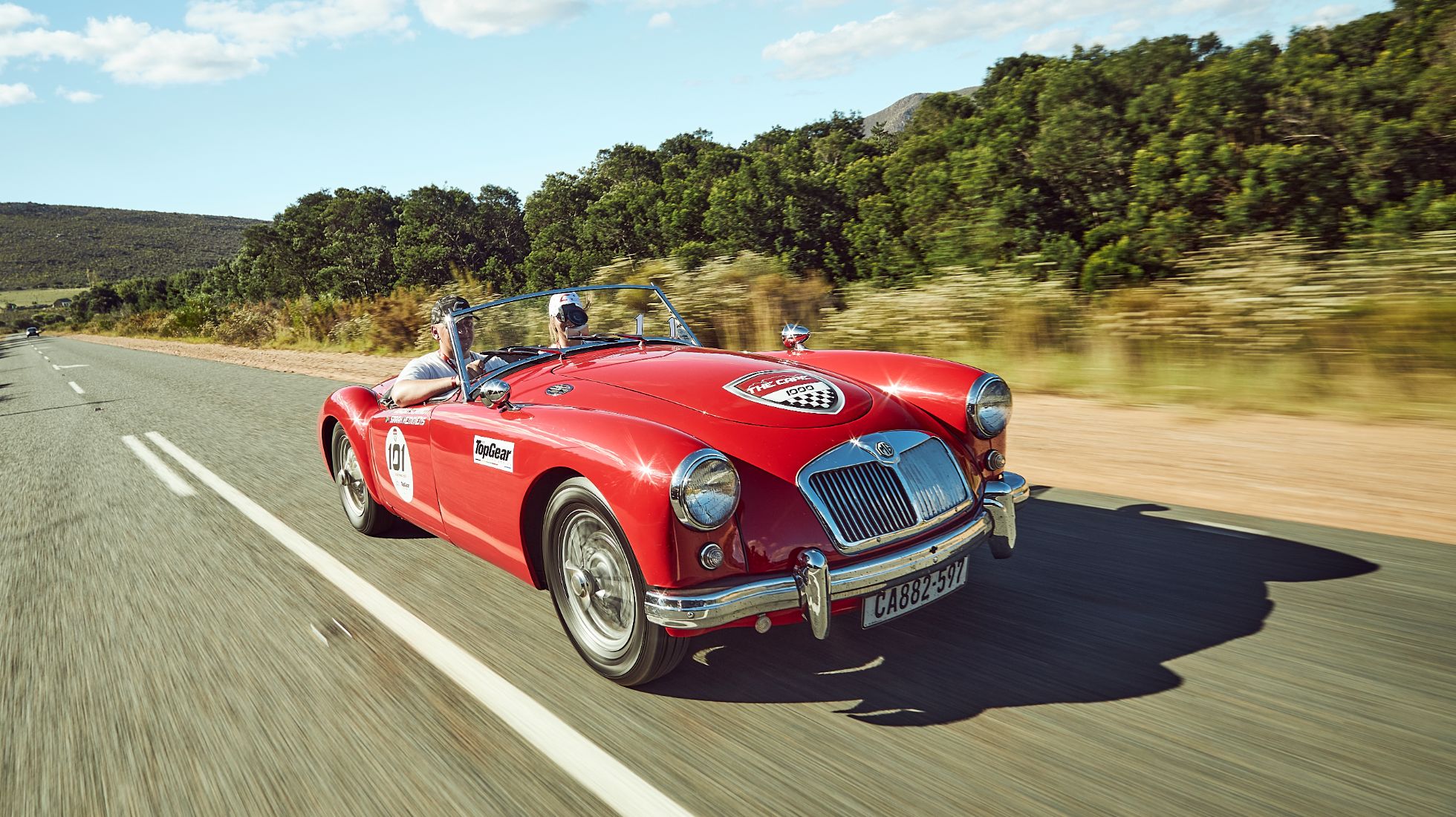We jetted off to Stockholm, Sweden for an in-depth introduction to a whole new powertrain concept and vehicle offensive from Nissan. It promises impressive range and efficiency and it’s perfectly timed for South Africa.
Up until now, the association of Nissan with electric vehicles would conjure up memories of the Nissan Leaf that was revealed in South Africa at the 2011 Johannesburg Motor Show and then launched later on in 2012 to the local market. It was the first time that any OEM had offered an electric vehicle as part of its line-up. Novel and innovative as it was, the Leaf was ahead of its time in the local market that demanded more from a car, irrespective of what powered it.
That was more than a decade ago and in that time, the world has changed entirely. The South African market is accepting of electric cars more so than ever before and Nissan’s electrification strategy has shifted to allow for a more measured approach that will, by my estimates anyhow, yield far greater results than any of its counterparts.
Nissan has flown us all the way to Stockholm, Sweden to give us the full measure of its global electrification plan. Why Sweden, you may ask? Because the Swedes rank among the highest adopters of BEV’s worldwide. Over 55% of the Swedish car-buying market, choose electric wheels over their ICE options, a far cry from here in South Africa. This is why Nissan’s strategy involves a two-part approach to how it will make the transition from ICE to electric cars in the future.
The first part of the plan starts with hybrid technology and something called e-Power before moving into full EV’s. More on that later. We won’t focus on the hybrid tech because right now, it’s not relevant to our market and because hybrid technology is nothing we haven’t seen before.
Let’s focus on Nissan e-Power, an entirely new powertrain developed by Nissan as the stop-gap alternative to purely petrol or diesel-powered engines.
Nissan’s first vehicle outside of Japan to employ e-Power is the new Nissan Qashqai, Nissan’s bread-and-butter crossover that does well the world over. E-Power, as the name may suggest, makes use of an electric motor to drive the wheels – but the key difference is in how that electric motor is fed. The technical arrangement of the powertrain includes a 1.5-litre, 3-pot turbo-petrol engine that sits up front right beside the 140 kW electric motor. In the middle of the platform sits an inverter and a power generator and then a battery pack finishes the arrangement at the rear of the vehicle. So here’s how it all works – stay with me now. Only the electric motor is responsible for driving the wheels at all times. The petrol engine is there to generate electricity which can be sent to the battery pack to charge it up, or sent directly to the electric motor, or both, depending on the use case at the time. It sounds complex I know, because in a sense, it is quite an arrangement different to any other powertrains, mild-hybrids included.

So, you’re wondering how it all fits into the platform? This is a family-oriented offering right? Yes that’s right. Good Question. The Qashqai platform is the purpose-built CMF-C platform, designed specifically with this in mind and the components have been kept small to ensure the requisite interior and boot space isn’t compromised. It really isn’t. Of course, the Qashqai e-Power adds additional weight, some 200kg over the front axle alone, so they’ve had to deal with all of this by retuning the suspension and steering, sizing up the bushes and brakes and letting the car ride on 18-inch wheels. Anything smaller wouldn’t accommodate the brakes.
The reality from the wheel shows that fettling actually works. It is every bit the electric car experience with 330Nm of torque on tap from the moment you arch your right foot forward. It feels adequately powerful and spritely so as a start this is all very good news. Regenerative braking plays its part in maximising energy but also in slowing the car down. Use the car in normal ‘D’ mode and the engine braking feels fairly normal, i.e. like any internal combustion car when you come off the throttle. Slot the shifter into ‘B’ mode and then you feel regen braking for sure, up to 0.1g but you can up the ante even more by pressing the e-Pedal button on the console, and this will hike things up to 0.2g. You can use this ably around urban traffic but you must note that the regen braking will only slow the car down, but not bring it to a complete stop. I found it much more difficult using the e-Pedal feature on the open highway because the braking force is just too much to make it a smooth and seamless drive.
Beyond the instant-torque benefits from the electric motor, the driving experience is also suitably refined due to the lack of engine noise. The petrol motor does start up from time to time and you’ll hear and feel it but in a subdued manner, unlike what you’re used to. Nissan has used some clever active noise-cancelling tech to dull the petrol engine sound. Another little mind-trick Nissan has worked in, is a rev-matching trick named Linear Tune. Essentially, Nissan believes that its customers would find it odd to hear an engine running in the background that isn’t making normal engine sounds relating to the speed or need of the car’s demands. If the car is accelerating hard, Nissan has worked in a little rise in engine revs to mimic that of an accelerating ICE car. It reads like a mind-trick worthy of criticism but I can confirm that nothing seemed out of the ordinary to me, despite me knowing this before I drove the car.
The other coup of this e-Power tech is that it doesn’t lose the argument when it comes to range anxiety, the single biggest apprehension to electric cars by TopGear SA readers. Our range meter suggested that we would travel over 950km on a single 55-litre tank of petrol and that is telling. I can absolutely support that this isn’t an overquoted manufacturer figure. This is my figure and it’s spot on with Nissan’s 5.3l/100km claims. It is absolutely possible given our experience in the car.
So the Nissan Qashqai e-Power is fully electric but requires no plugging in and will go further than any hybrid or electric car on sale in SA right now in the same segment - and match the most efficient diesel powertrains that are slowly making an exit from many line-ups. It’s all good isn’t it?
Yes it seems that way. Nissan calls this a ‘conquest powertrain’, one that is designed to capture a large share of the market, educate that market to the joys of electric without the pitfalls of electric, and then, hopefully, retain that market for a switch to pure electric in the future. We can only speculate, as Nissan has, on the adoption of full EV’s in South Africa into the future. Navigating market trends, political standpoints and infrastructure improvement is as much of a guess as wondering when the power is going to come back during loadshedding.
If there was a product with which to launch the e-Power, the Qashqai was a solid choice. The car that started the crossover craze has been missing out on its pound of flesh lately given the size of the upper C-segment. This new Qashqai ticks all of the boxes. As you can see from the images on these pages, the Qashqai continues that strong brand feature of desirable styling, crossover appeal and now, with a unique drive concept. But it also rides with a new level of refinement and boasts new interior architecture and technology that will see it at the very top of the segment.
Nissan SA has confirmed that the Qashqai e-Power will makes its way to South Africa towards the end of 2022. The Qashqai e-Power officially launches to European markets in September 2022 and I’d imagine the car would land here very soon thereafter, stock and logistics issues notwithstanding. Expect the high spec Tekna versions to be loaded with Nissan’s latest tech such as the Pro-Pilot driving assistance; the large 12.3-inch customisable infotainment display, digital driver’s cluster and large head-up display. From my observation this is a significant step up in material, UX and ergonomic design.
Qashqai as a product has always done well for Nissan and that is likely to continue.. All that remains to be seen is whether pricing will work in the our favour of consumers. From my point of view, this is a winner indeed.










%20(1).jpg)
.jpg)
.jpg)




.jpg)






.jpg)

.jpg)
.jpg)
.jpg)
.jpg)
.jpg)
.jpg)

.jpg)
.JPG)

.jpg)
.jpg)
.jpg)
.jpg)


.jpg)
.jpg)

.jpg)
.jpg)

.jpg)

.JPG)

.JPG)
.JPG)
.jpg)



.jpg)





%20(1).jpg)






.jpg)
.jpg)

.jpg)
.jpg)
.jpg)
.jpg)
.jpg)
.jpg)
.jpg)
.jpg)
.jpg)
.jpg)


.jpg)
.jpg)

.jpg)
.jpg)
.jpg)
.jpg)
.jpg)




